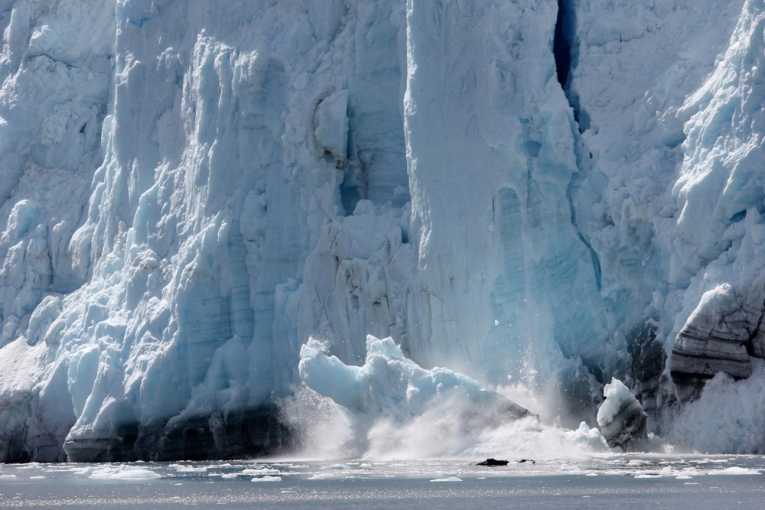The melting of Greenland's glaciers may not be as serious for rising sea levels as previously thought, according to a new study. Over the last decade, the average speed of glacier movement has risen 30 percent, rather than the double previously suggested, says research from the University of Washington.
The quicker the ice moves, the greater the extent of the ice melt and the amount of meltwater that is sent into the sea and adds to rising levels.
The study, led by Twila Moon, an Earth and space sciences doctoral student from the University of Washington, appears in the Science journal. She says, "So far, on average we're seeing about a 30 percent speedup in 10 years."
In an earlier study, researchers investigated what would happen if Greenland's glaciers doubled their speed in the decade to 2010 and then maintained the high speed and what would occur if speeds went up 10-fold before stabilising.
The slower travelling ice melt would add four inches to rising seas by the year 2100 and 19inches at the higher speed, they calculated.
But at the time, there was little high-quality data on how Greenland's glacier was actually reacting to global warming. .
The Washington researchers drew up a record of how 200 outlet glaciers in Greenland behaved during the 10 years. They produced velocity maps with data from Canada's Radarsat-1 satellite, the TerraSar-X from Germany and the Advance Land Observation Satellite from Japan.
When looking at the winter of the millennium year and then every winter from 2005-2001, they discovered the glaciers were not travelling as fast as feared.
The team saw nothing to suggest the glaciers will slow down and by 2012 they could equal or exceed the four-inch rise in sea levels.
Co-author, Ian Joughin, a glaciologist in the Applied Physics Laboratory at the University of Washington and Twila Moon's doctoral adviser said the latest findings raised many questions and showed great variability.
And co-author, Ian Howat, an assistant professor of earth sciences from Ohio State University, said the ten-year study period was not long enough to appreciate long-term factors. There could be events in the future that might bring about big rises in the speed of the glaciers. Alternatively, some bigger glaciers in the north that have not yet shown and differences, may speed up and that would provide a significant rise in sea levels.
The data pointed to a complicated situation. Most of Greenland's biggest glaciers then end up on land, move between 30 and 325 feet annually and any differences in speed are small, as they are moving slowly already. Those glaciers that end of the ice shelves in fjords travel anything from 1,000 feet to a mile in a year, but their speed did not quicken much over the 10 years.
In some areas of Greenland, glaciers that finish in the sea can move seven miles a year. They had varied changes in speed and some even got slower. On average their speed rose between 23 and 28percent over the decade.
Twila Moon says more research needs to be carried out into movements and changes in Greenland's glaciers.
Another co-author of the report was Benjamin Smith, from the UW Applied Physics Laboratory. The research was financed by the National Aeronautics and Space Administration and National Science Foundation.










